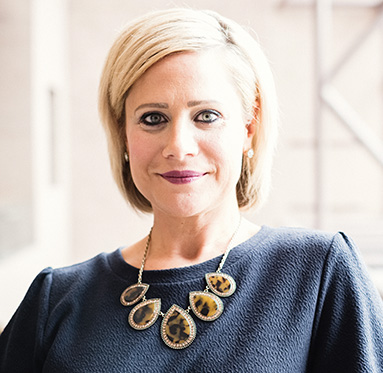March 19, 2025
If you’re responsible for helping your executives or subject matter experts build their LinkedIn presence, you know the challenge: Thought leadership is in high demand, but measuring progress (and proving value) can feel frustratingly intangible. How do you take a leader from sporadic posts and silent scrolling to a strong, strategic presence?
Consider a LinkedIn Thought Leader Audit as a starting point. This structured, three-step process gives marketing and comms teams a tangible way to evaluate where a thought leader stands, build a roadmap for improvement and set measurable goals – all backed by data. Plus, we’ve included charts and scorecards (pictured throughout this post) as a guide to help you think about progress along the way.
Step 1: Define the Baseline
Before you can improve a thought leader’s presence, you need to understand their starting point. We recommend starting with an individualized assessment of each thought leader using a custom scorecard, ranking them on a scale from 1 to 5 based on key factors:
✅ Is their profile fully optimized (photo, headline, summary, vanity URL, etc.)?
✅ How often are they posting, sharing, or engaging?
✅ Are they providing meaningful commentary, or just reacting to posts?
The graphic below shows some of the categories we assess during this process, but you can adapt a rubric or scorecard to fit your organization’s needs. This mix of art and science provides a standardized way to measure where each thought leader stands – and gives you a clear benchmark for tracking progress over time.

Sample rubric we use when assessing a thought leader’s current LinkedIn profile.
Step 2: Provide the Roadmap
Once you’ve established a baseline a score from 1 to 5, the next step is categorizing the thought leader into one of three development levels:
Beginner – Just getting started with posting and engaging (generally those who score 1 or 2)
Intermediate – Adding thoughtful commentary, optimizing their profile (generally those who score 2.5 to 3.5)
Advanced – Posting original content, driving discussions, and building influence (generally those who score above 3.5)
Most leaders fall between beginner and intermediate, which means plenty of room for growth. As they get going on improving their level, it will be important to identify the topics and trends they should engage with to build out their platform.
The graphic below provides a glimpse into how you can help your thought leaders think about what they should be doing at any given level. This roadmap not only provides a structured path forward, but also makes it easier to set expectations with your internal teams.

Sample guidance for a thought leader executing an Intermediate Package.
Step 3: Assign the Goals
To keep momentum going, we set specific, trackable goals tailored to each thought leader’s level. Common goals include:
📈 Increasing follower count and connection requests
📝 Posting more frequently (beyond the occasional company resharing)
💬 Engaging with relevant content in a way that adds value
The goal-setting chart below provides an example of how we structure measurable objectives. These goals align with LinkedIn’s evolving algorithm, which means the goals need to be adjusted regularly to ensure continued success.

Sample goals for a thought leader looking to increase or enhance their LinkedIn presence.
The Bottom Line
For marketing and comms teams managing thought leadership programs, success isn’t just about getting thought leaders to post more – it’s about making their engagement strategic, measurable and impactful. With a structured process and clear metrics (as shown in our charts and rubrics), you can guide your thought leaders from passive participants to powerful voices in their industry. The next step after conducting an initial assessment would be to review performance and optimize based on successes.
If you’re ready to get started with a LinkedIn audit but don’t have the bandwidth or expertise, drop me a line and let’s chat about how we might be able to help.


